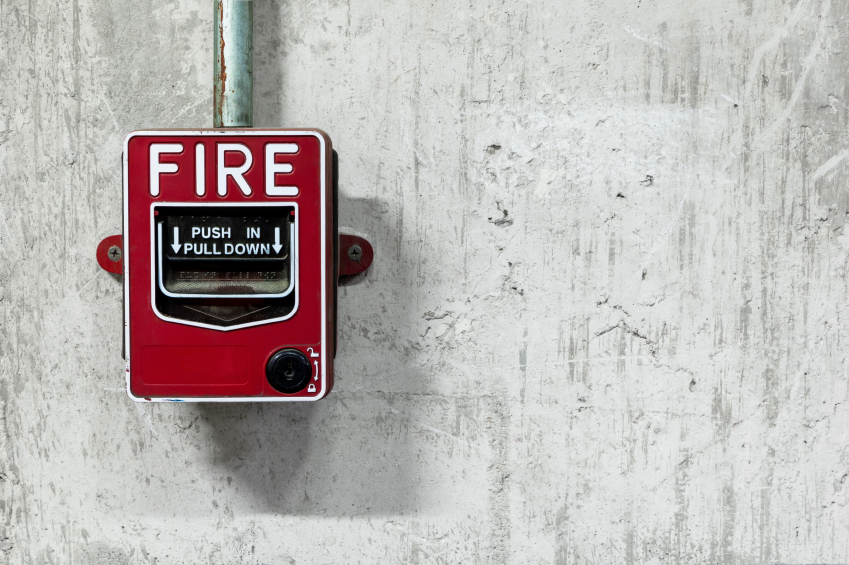The 2016 edition of the NFPA 72 Fire Code contains the up to date definitions that are in keeping with advancements in technology and processes. By adopting the changes in the updated NFPA 72, fire alarm system designers and contractors can avoid confusion with the proper installation, use, and operation of today’s systems.
Federal, state, and local municipalities across the United States use NFPA 72 as a standard in the enforcement of fire code regulation. It is important for everyone involved in fire detection, prevention, and protection to be up to date with changes to the code.
NFPA 72 is the National Fire Alarm and Signaling Code developed by the National Fire Protection Association (NFPA) that covers the application, installation, location, performance, inspection, testing, and maintenance of fire alarm systems, supervising station alarm systems, public emergency alarm reporting systems, fire warning equipment and emergency communications systems, and their components. The newest edition, 2016 NFPA 72, includes changes to the code that take into account advances in technology and the latest safety provisions to meet changing fire detection, signaling, and emergency communications demands.
The Technical Committees of the NFPA responsible for NFPA 72 address key changes in the traditional role of fire alarm systems with the 2016 NFPA 72. In addition to the core focus on fire alarm systems, the Code includes requirements for mass notification systems used for weather emergencies; terrorist events; biological, chemical, and nuclear emergencies; and other threats.
Revisions to the rules in the new edition affect designers, engineers, contractors, installers, and inspectors of fire systems and related equipment. According to the NFPA, 2016 NFPA 72 includes the most advanced provisions ever developed for the application, installation, location, performance, and inspection, testing, and maintenance of fire and communication systems.
For example, 2016 NFPA 72 facilitates interconnections using networks. After extensive analysis and testing, a special task group on networks came up with a new circuit designation called Class N pathways permitting the use of networks and Ethernet when interconnecting a fire alarm system.
Other changes help you avoid the loss of critical coverage and ensure system interfaces function correctly, such as:
- Significant revisions in Chapter 21, Emergency Control Function Interfaces and Chapter 24, Emergency Communications Systems;
- Revisions to Level 2 and Level 3 pathway survivability requirements revised to provide greater flexibility of use and to address other “fire-resistive” methods; and
- A new Annex on Guidelines for Emergency Communication Strategies for Buildings and Campuses.
There are hundreds of other revisions in 2016 NFPA 72, including areas such as room-use identification, placement and mounting-height requirements, notification and response time indexes, circuits and pathways classifications, inspections and testing, password protection, and more.

